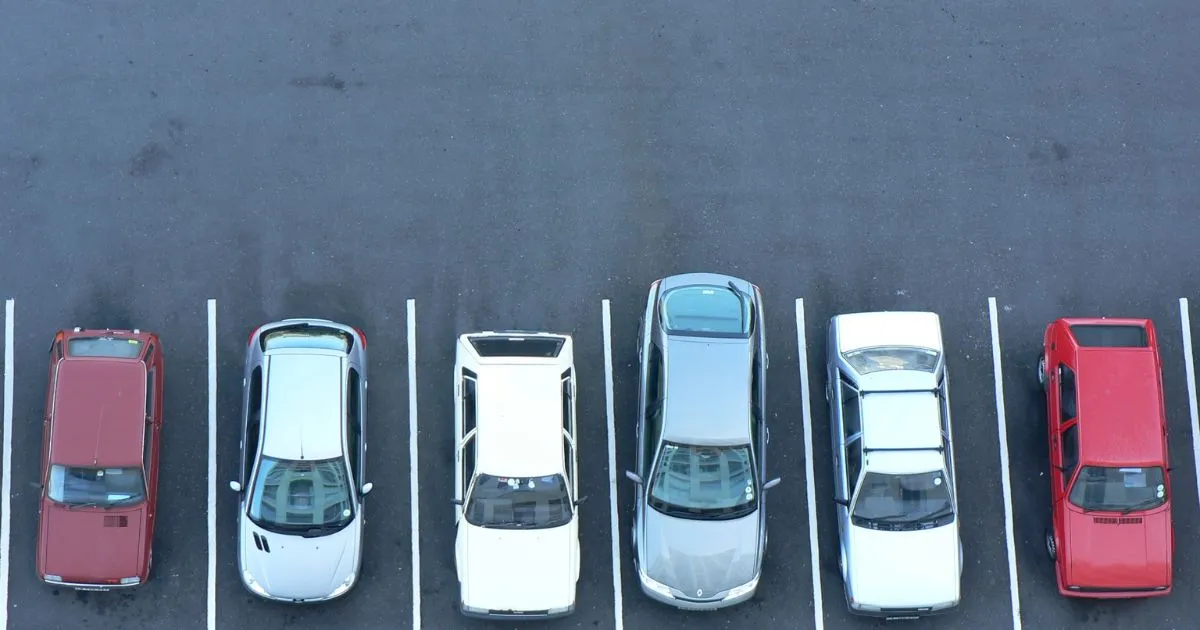WA Launches Contactless Payment Trial on All Modes of Public Transport in Major Rollout
Western Australia has been making significant strides forward in the future of public transport, and these advancements are happening in real time. The state recently launched a major expansion of its contactless payment trial. At least 150 passengers were selected to tap on with their bank card, phone, or smartwatch when travelling on Transperth's ferries.
After early ferry trials showed incredible results, the scope is widening. Pilot testing is now being extended to include trains and buses. For everyday commuters, this is exciting news. It's going to make the commute to uni or work stress-free. With more upgrades planned, WA is gearing up to have one of the most modern transport systems in the country.
How the Trial Works
As the trial expands, the 150 selected participants are testing a full suite of payment options on newly installed validators that will eventually serve the whole network. These validators will be able to recognise credit and debit cards, along with digital wallets and smart devices. If the system performs as it's meant to, the full rollout is planned for the end of this year.
This focus on convenience reflects a trend in Australia. Millennials and Gen Z are used to managing money digitally in their daily routines. Anyone who spends time comparing online platforms or learning how fast payments work in different industries will recognise similar themes. For example, an ESI cashout review shows how speed and reliability shape digital services like online casinos. Players typically use crypto, ewallets, and PayID for faster transactions, and this is an example of faster transaction speeds becoming the new normal. In the same way, WA’s upgraded commuting experience aims to match this trend. Where access is instant and hassle-free.
The government believes this trial is a key step toward making travel smoother for busy commuters, who do not want to stress about topping up a card or trying to find an Add Value Machine. Instead, tapping on with a device you already carry is set to become the norm.

Inside WA’s SmartRider Upgrade Project
The contactless trial is part of a much larger SmartRider Upgrade Project that has been underway for some time. While SmartRider has long been known as one of the world’s most reliable cashless transport ticketing systems, it has needed a refreshing upgrade. Technology has shifted so much since its launch in 2007, and the way people move around cities has shifted too.
To prepare for the next generation of travel, the project has rolled out these key upgrades:
- More than 4,000 SmartRider validators have been replaced across the bus, train, and ferry network.
- All existing Add Value Machines have been removed and replaced with new SmartRider Hubs.
- Pay By Plate parking machines have been upgraded so passengers can pay with credit cards, debit cards, or wearables.
These new validators and payment options mean less time standing in front of old machines, wondering why they are not reading your card. For older commuters, the shift removes the need to carry coins or keep track of the nearest top-up station. And for tourists, it creates a stress-free entry point into WA’s transport habits.
Parking Upgrades Roll Out Next
The government has also confirmed a phased rollout for Pay By Plate parking payments at stations using cards or wearables instead of coins. This begins on the Mandurah Line and will continue across roughly 100 machines by the end of the year.
Anyone who has ever scrambled through their car for spare change before a morning train will appreciate the change. Digital parking payments will form part of a system where your bank card or phone effectively becomes your all-access travel pass. This takes WA closer to a future where multiple transport services connect through one easy method.

Why WA Is Accelerating the Shift
Transport Minister Rita Saffioti has described this moment as a major milestone for public transport in the state. The combination of updated technology, new validators, and a one-zone fare approach is expected to attract more riders.
The long-term strategy is to position itself as a leader in modern public transport design. By thoroughly upgrading, the state avoids the trap of patchwork improvements that often create more problems than they solve.
For Australians, who have been growing up in the digital age, the upgrade feels natural. Many are used to tapping to pay for food, fashion, gaming credits, or event tickets. Being able to tap through public travel creates a cleaner, faster routine that is just like most things in their digital world.
What This Means for Everyday Riders
Once the system opens to the public, passengers will be able to use whatever their preferred device is, on any form of transport. This goes beyond convenience. It increases accessibility for people who may not want to manage multiple cards, cash, or try to remember top-ups. It's also great for visitors who want to explore the city easily.
The reliability of the new technology will be closely monitored during the trial. Officials want to ensure the system performs flawlessly before it launches statewide. So, here's hoping that the trial maintains its early momentum. Hopefully, contactless payments will become an easy, everyday reality across Perth’s entire network.
**About the Author:** Daniel Battaglia is the Founder and Chief Executive Officer at Parking Made Easy. Daniel has been working in the parking and urban mobility sector since 2012. With a passion for simplifying parking and helping people save money and time, Daniel provides expert insights into the benefits of finding, booking and renting car parking spaces with the help of Generative AI. For enquiries, you can reach Daniel directly at daniel@parkingmadeeasy.com.au.



